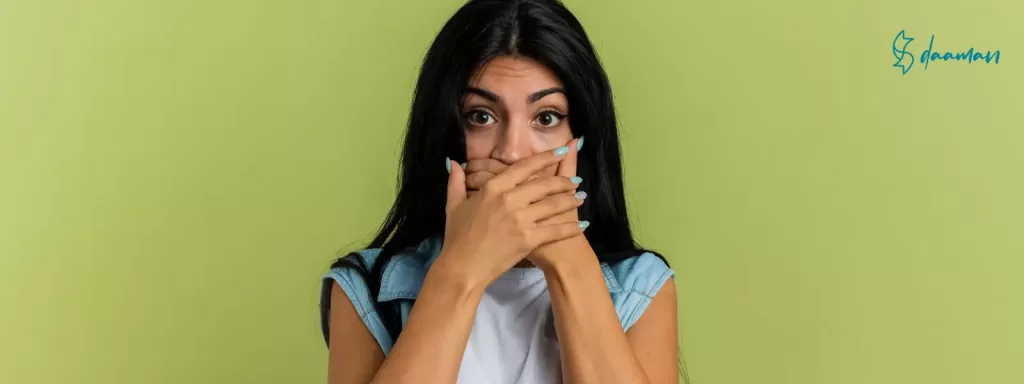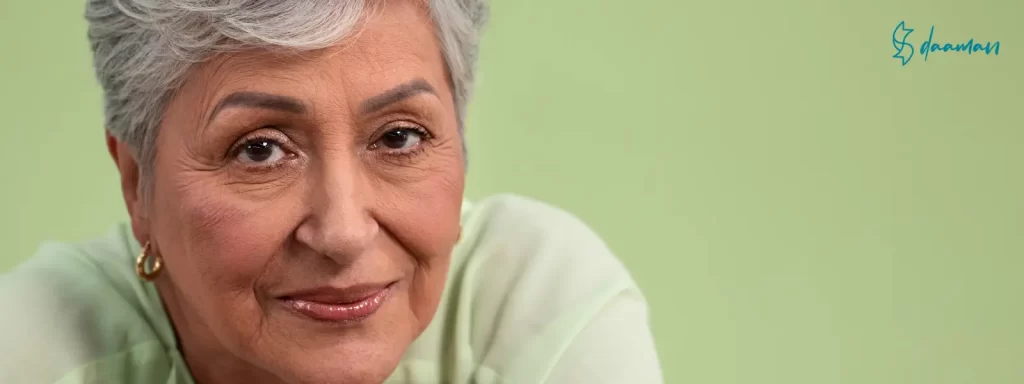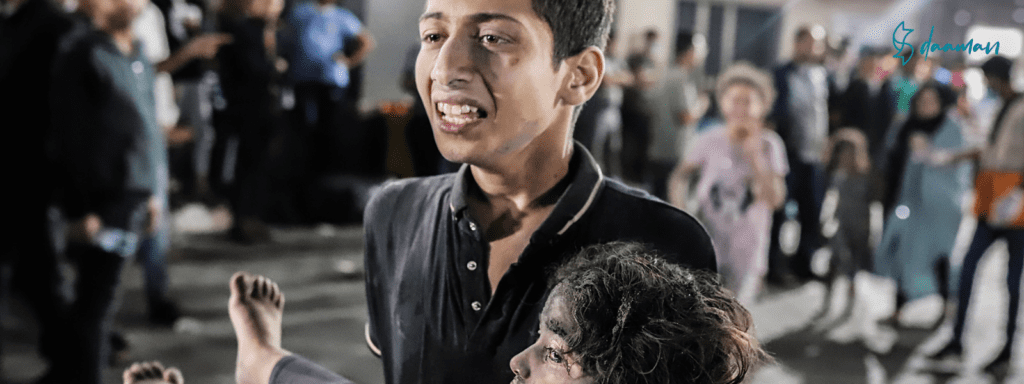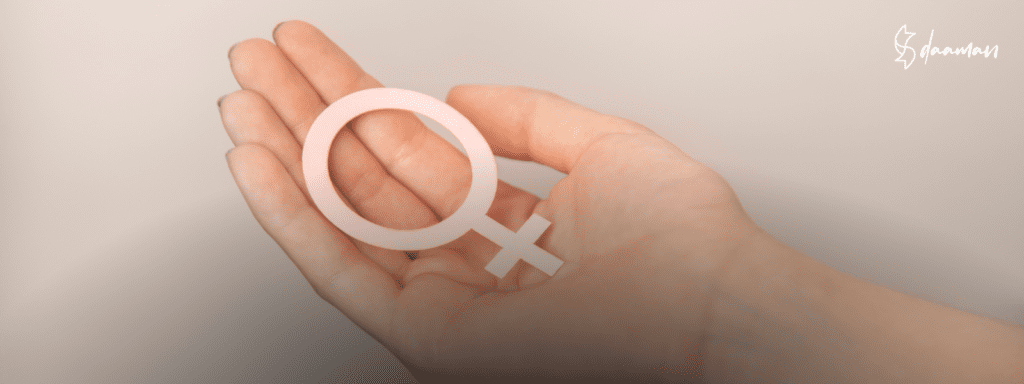Social Boundaries Placed On Women In Pakistan That Make Them Hesitant To Step Out
In Pakistan, societal norms often perpetuate the idea that women should maintain a more reserved and secluded presence. The media plays a significant role in reinforcing these stereotypes, influencing perceptions of women’s roles and limiting their social interactions. This article explores the impact of media on the reclusive tendencies of women in Pakistan and offers insights into how women can boost their confidence in social settings. Image Source: Freepik.com Media’s Role in Perpetuating Seclusion: The portrayal of women in Pakistani media often reflects traditional gender roles, emphasizing modesty and domesticity. Television shows, films, and advertisements tend to depict women in confined spaces, reinforcing the notion that their primary sphere should be within the home. This representation can contribute to the social conditioning that encourages women to be more reclusive, limiting their interactions outside familial circles. Media’s influence extends beyond visual representation; it shapes societal expectations and norms. Messages from media outlets may inadvertently reinforce the idea that women should prioritize domestic responsibilities over social engagement, further contributing to their seclusion. Breaking the Mold: Empowering Women in Social Settings Media Literacy: To counter the impact of media stereotypes, fostering media literacy is crucial. Women should be encouraged to critically analyze media content, question stereotypical portrayals, and understand how these images may influence societal perceptions. Educational programs and workshops can play a pivotal role in developing media literacy skills among women, empowering them to challenge limiting narratives. Promoting Positive Role Models: Highlighting positive and diverse female role models in media can reshape societal attitudes. Platforms should actively showcase women who excel in various fields, breaking away from the limited narratives that confine women to traditional roles. By showcasing successful, confident, and socially active women, media can inspire others to step out of the confines of societal expectations. Encouraging Social Education: Empowering women with social education can enhance their confidence and interpersonal skills. Workshops and community programs that focus on communication, networking, and social engagement can equip women with the tools to navigate various social settings. This education should emphasize the importance of building supportive networks, both personally and professionally. Community Support Networks: Establishing community support networks can provide women with a sense of belonging and encouragement. Local initiatives and women’s groups can offer platforms for networking, skill-sharing, and mutual support. These networks break the isolation that societal norms may impose on women, fostering a sense of community and empowerment. Promoting Inclusive Public Spaces: Cities and communities can contribute to women’s confidence by creating inclusive and safe public spaces. Well-lit areas, accessible transportation, and community events designed to encourage social interaction can help women feel more comfortable outside their homes. A positive environment is crucial for women to develop confidence in engaging with the broader community. Mentorship Programs: Mentorship programs connect women with experienced mentors who can guide them in navigating social and professional challenges. These programs provide valuable insights, advice, and support, fostering personal and professional growth. Mentorship can be a powerful tool in helping women build confidence and overcome societal constraints. Image Source : Urdu Drama Point Women in Pakistan face societal expectations that encourage a more secluded existence, often perpetuated by media portrayals that reinforce traditional gender roles. However, with intentional efforts, women can break free from these constraints and develop the confidence to navigate social settings. By fostering media literacy, promoting positive role models, encouraging social education, establishing community support networks, creating inclusive public spaces, and implementing mentorship programs, Pakistan can empower women to embrace their social skills and confidently participate in all facets of society. The journey towards empowerment begins with challenging societal norms and creating an environment where women are encouraged to step out, connect, and contribute to the broader community.
Social Boundaries Placed On Women In Pakistan That Make Them Hesitant To Step Out Read More »











